
10 car noises that may disturb the driver
Content
Each driver sooner or later begins to hear that his car is trying to "talk" with him in an incomprehensible language. At first, this creates only some discomfort, and the owner of the machine is inclined to immediately come up with adequate excuses. Here are ten noises that a motorist is simply obligated to pay attention to as soon as they appear.
Hiss
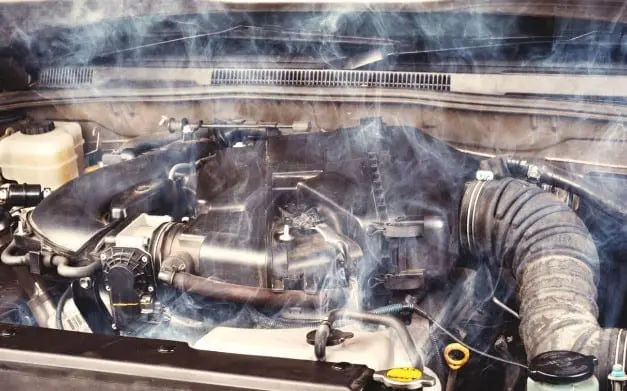
If during the trip the car radio did not switch to the radio with an unadjusted frequency, then hissing indicates a malfunction in the engine cooling system. The main causes of its occurrence are rupture of the pipe, or breakage of the expansion tank.
The most common cause of antifreeze leaks is increased pressure inside the cooling line. How can the problem be rectified? The first way is preventive replacement of the pipes. The second step is to change the lid on the tank. This element relieves excess pressure through the valve. Over time, the metal membrane loses its elasticity. As a result, the valve does not respond on time.
Clatter
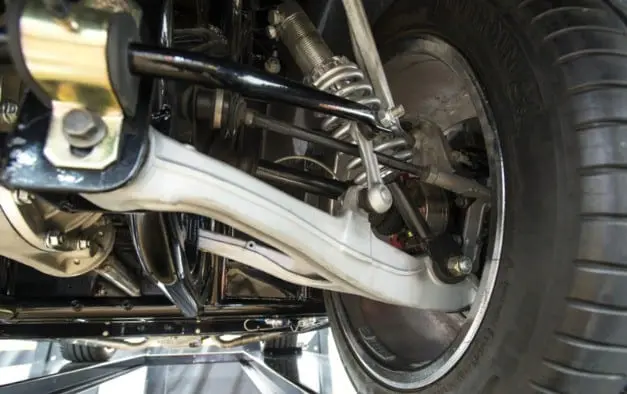
First of all, the driver needs to determine in what situations the noise appeared. If while driving along the “Japanese” roads of Toyama Tokanawa, then for most cars this is the norm. For example, it may be small blows of the exhaust pipe against the car body.
But if the car “clicks” already on a level road, it is worth taking the “patient” for diagnosis in the near future. A high probability that such sounds begins to make a dying part of the chassis.
Eliminate this problem will help seasonal inspection of the system, taking care of all the flaws of the road surface. Ball bearings, steering tips, silent blocks, stabilizers - all these parts need to be replaced periodically.
Squealing under the hood
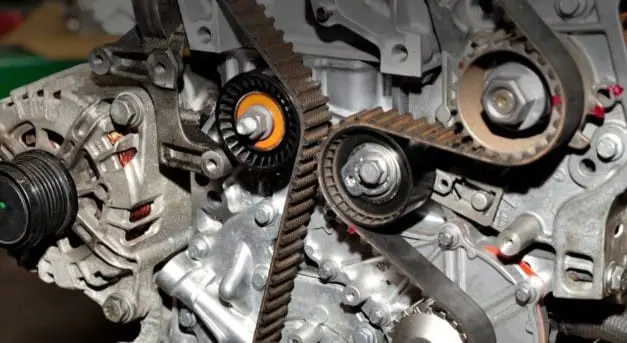
Most often, such a sound appears during aquaplaning, or in wet weather. Due to moisture and loose tension, the timing belt slips on the roller. As a result, with an increased engine load, an “ultrasonic” screech occurs.
How are these sounds eliminated? By simply following the manufacturer's instructions for the timing belt and roller. Some manufacturers set a milestone of 15 kilometers, others more, when such elements need to be replaced.
In the case of ignoring the recommendations established by the manufacturer, unpleasant sounds are the least problem of the motorist. In most ICEs, when a belt breaks, the valves bend, which leads to serious material waste on the restoration of the unit.
Metal screech
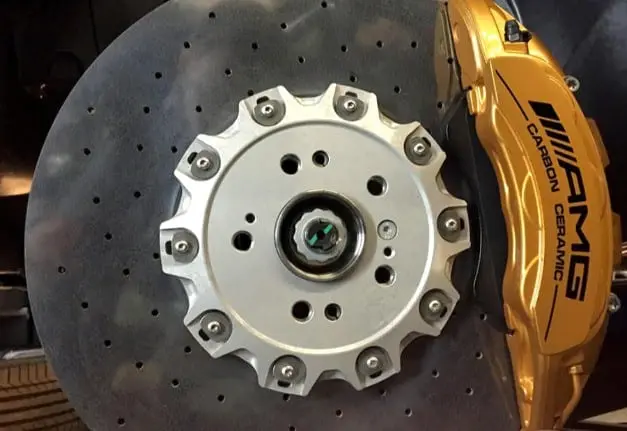
The main reason for the appearance of noise is the wear of the elastic elements of the part. For example, a creak of metal during braking indicates wear on the pads. If such a sound had just begun to appear, nothing critical had happened yet.
Most brake pads are designed so that when they are erased to a certain layer, they begin to emit a similar “signal”. Maintenance of the brake system will help eliminate unpleasant noises.
In other cases, a constant metal screech may indicate wear on the wheel bearings. Ignoring such a sound is fraught with a break in the semiaxis and, at best, a flight into a ditch.
Crackling or crunching
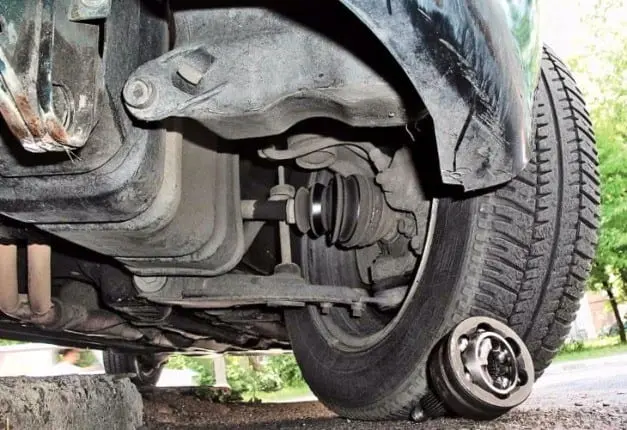
Cracking while turning the car indicates a malfunction of one or both of the joints of equal angular velocities. The main cause of the malfunction is the quality of the road, the time and the leakage of the anthers.
To prevent such a problem, the driver must periodically put the car on the overpass. A simple visual inspection of the protective elements is enough. You do not need to be a specialist to see a crack on the boot of the CV joint.
If you ignore the new “dialect” of the iron horse, the driver runs the risk of paying a round sum not only for replacing bearings. The CV joint is directly connected to the gearbox. Therefore, a long ride with this crisp detail will negatively affect the checkpoint.
Steering Vibration
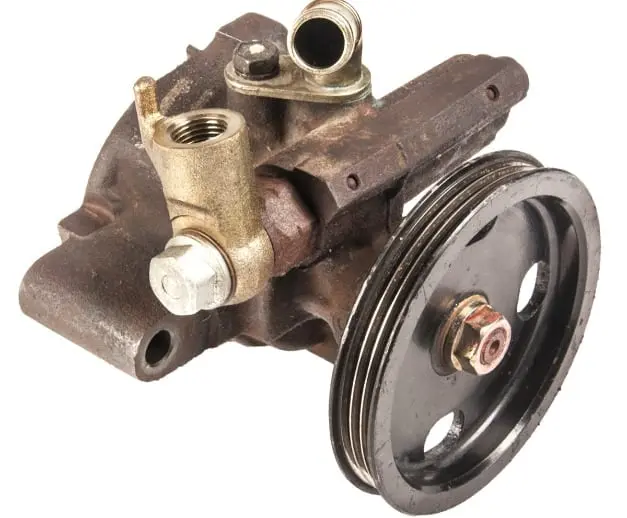
In vehicles with hydraulic power steering, vibration and rumbling may indicate a malfunction of the system. The main disadvantage of any hydraulics is oil leakage. Therefore, to prevent breakdown of the rotary mechanism amplifier, it is extremely important to check the fluid level in the appropriate tank.
Of course, the power steering in the car is installed solely to ensure comfort. Older cars were not equipped with such a system at all. But if the steering hydraulics are present in the vehicle, it must be serviced. Otherwise, due to failures, the driver will not be able to "steer" an emergency situation, because the steering wheel behaved inadequately.
Hits under the hood
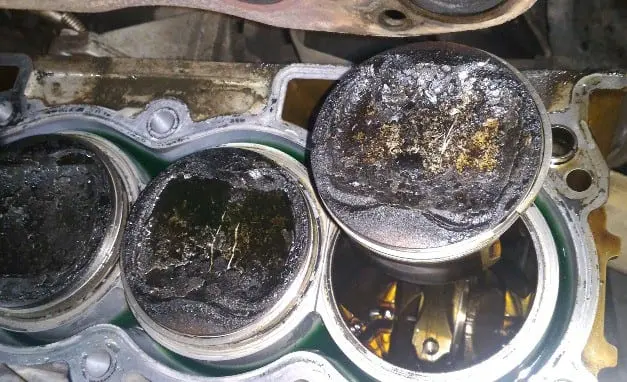
In addition to unpleasant noises, the car can also “gesticulate”. Sudden bumps and pops when jamming the car indicate residual engine detonation. In the process of improper combustion of the mixture in the cylinder head, excessive pressure arises that destroys the lubricating layer of the cylinders. This leads to excessive heating of the piston rings due to increased friction.
The problem arises for two reasons. The first is the use of fuel that does not meet the standards of the car. The second is a violation of the engine ignition system. Namely - too early. Car diagnostics will help identify the cause of detonation.
Engine knock

When a muffled knock comes from the depth of the engine, this may indicate a problem with the crankshaft. Due to the uneven load distribution during engine operation, the connecting rod bearings fail. Therefore, timely adjustment of the ignition system will ensure a longer operation of the mechanism.
In some cases, the noise is clearer and comes from under the valve cover. Adjusting the valves will help to eliminate it.
Knocking may also indicate a malfunction of the oil pump. Ignoring this noise directly affects the duration of operation of the "heart" of the machine.
Howling
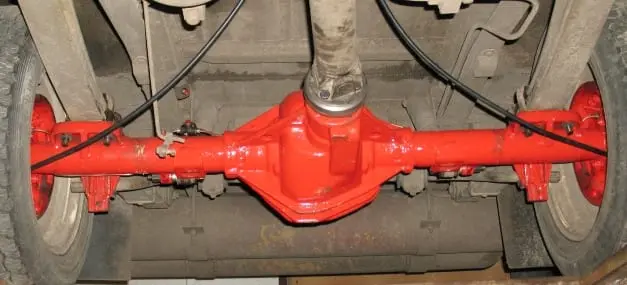
Such a sound is a frequent occurrence of rear-wheel drive cars. When accelerating, the load on the rear axle comes from the engine. And during deceleration, on the contrary - from the wheels. As a result, the moving parts are broken. Excessive backlash appears in them. Over time, the universal joint begins to howl.
In many brands, such noise is never eliminated due to the quality of the parts available. For a short period, the situation will be remedied by replacing worn out elements with increased backlash. Some motorists solve the problem by installing more expensive parts from other brands of cars.
Gear knock
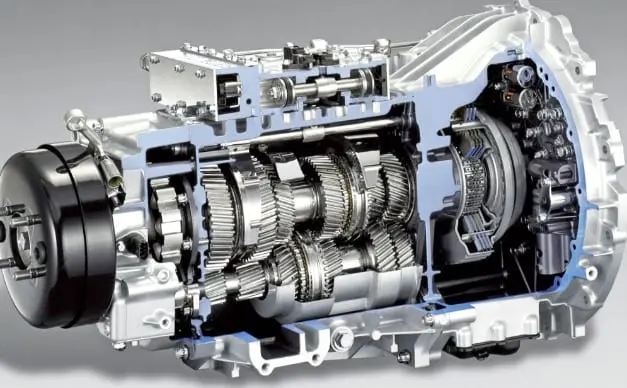
During the movement of the car, the driver should be disturbed by a knock when shifting gears. This is a signal to check the oil in the box, or to show its mechanics.
Most often, the problem occurs during prolonged use of the vehicle. Driving style also affects the state of gears in the gearbox. Aggressive gear shifting, insufficient clutch squeezing are the first enemies for box elements.
As you can see, most unpleasant vehicle noises can be prevented by regular technical inspection. Timely replacement of worn-out parts will save the owner of the car from frequent waste on expensive car repairs.
Common questions:
What can knock on the front suspension? 1 - elements of the anti-roll bar. 2 - increased backlash in the joints of the steering rods and tips. 3 - wear of ball bearings. 4 - wear of the sliding bearing of the steering rack. 5 - an increase in play in the support bearing of the front strut. 6 - wear of the guide calipers, front shock absorber bushings.
What can knock on the engine? 1 - pistons in cylinders. 2 - piston fingers. 3 - main bearings. 4 - crankshaft liners. 5 - bearing rods.
What can knock in a car while driving? 1 - poorly tightened wheel. 2 - failure of the CV joint (crunches when cornering). 3 - wear of the propeller shaft cross (for rear-wheel drive cars). 4 - worn steering parts. 5 - worn suspension parts. 6 - poorly fixed brake caliper.

